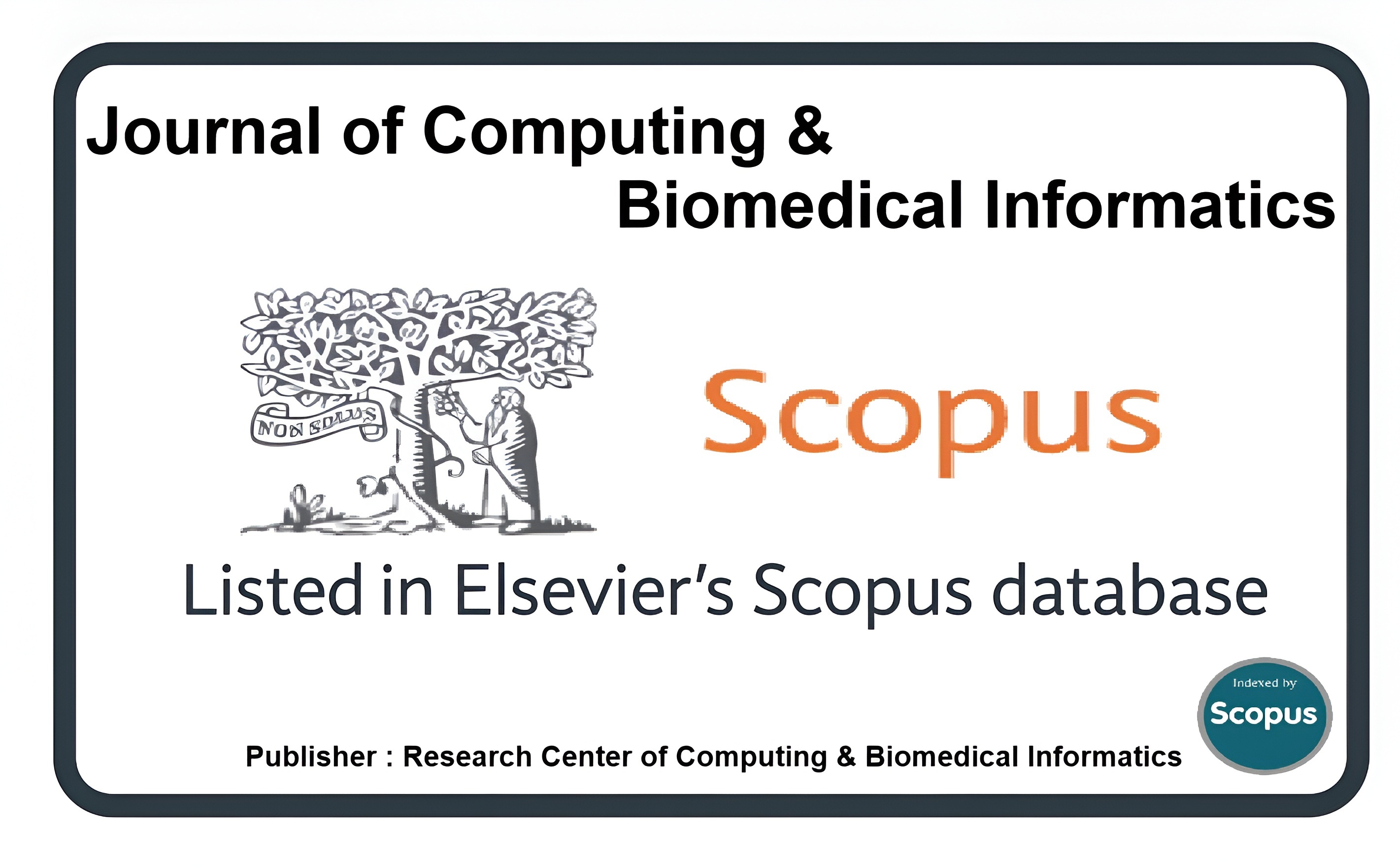Deep Learning-Based Ophthalmic Disease Detection: A Systematic Review
Keywords:
Ophthalmic Disease, Deep Learning, CNN, Diabetic Retinopathy, Glaucoma, CataractAbstract
It is alarming that millions of individuals worldwide are affected by eye abnormalities that can potentially lead to vision loss if not detected and treated promptly. However, the process of manually identifying these diseases is both time-consuming and monotonous, lacking consistency. To address this issue researchers have turned their attention to automating ocular disease detection through the use of Deep Convolutional Neural Networks (DCNNs) and despite their potential, these models face challenges due to the intricate nature of eye lesions. In this study, we aim to assess the most prevalent ocular pathologies while providing an overview of these major diseases with their detection of common imaging methods. Moreover, we critically evaluate current deep-learning research in terms of its ability to detect and grade conditions such as glaucoma, diabetic retinopathy, Age-Related Macular Degeneration, and other ocular diseases. Our research concludes that CNN powered by deep learning will become increasingly essential as a supporting technology. Further efforts should focus on exploring the potential impact of utilizing ensemble CNN architectures in tasks involving multiple classes and labels. Additionally, the development of interpretable models is crucial to establish trust among clinicians and patients, and in this regard technology is effectively assisting the doctor, and deep learning technology is one example.
Downloads
Published
How to Cite
Issue
Section
License
This is an open Access Article published by Research Center of Computing & Biomedical Informatics (RCBI), Lahore, Pakistan under CCBY 4.0 International License





